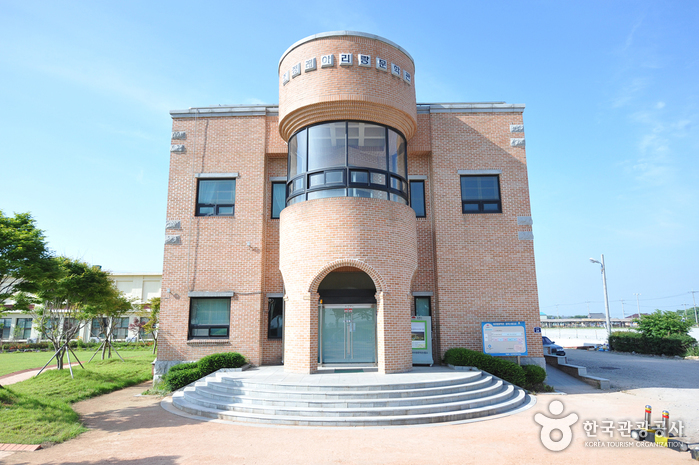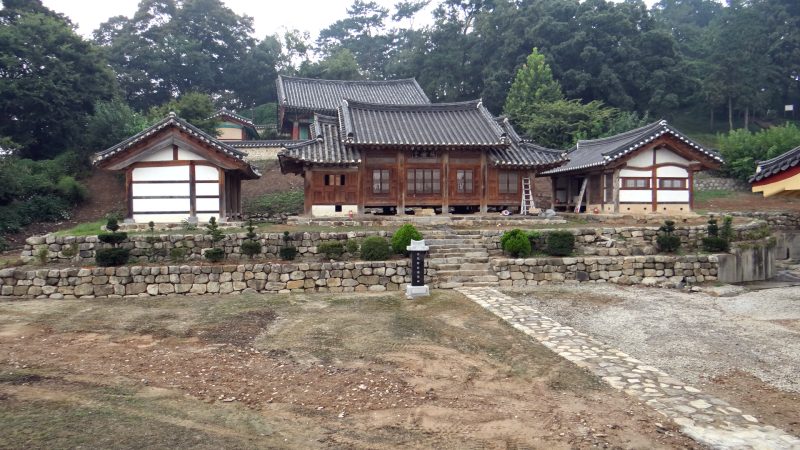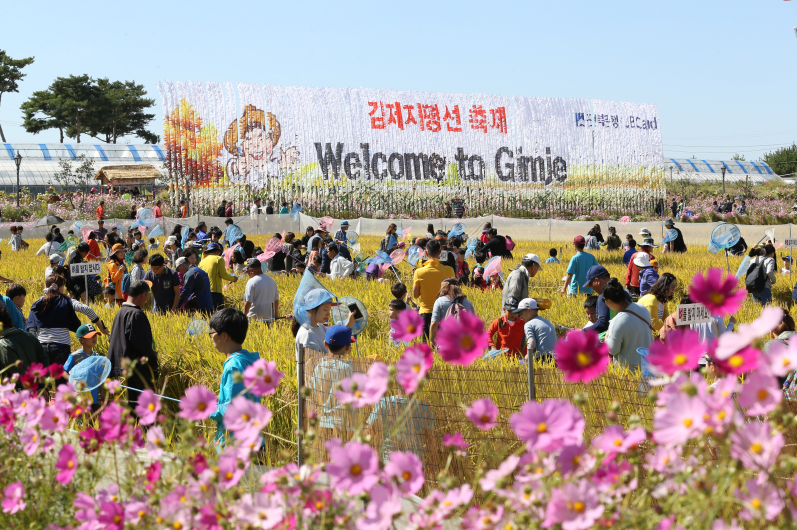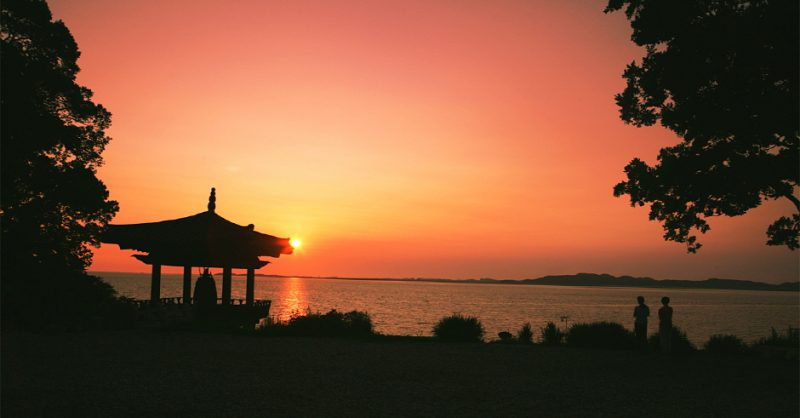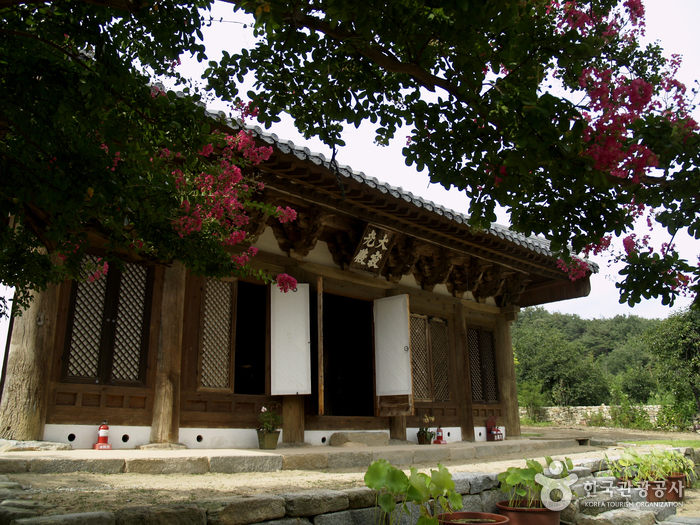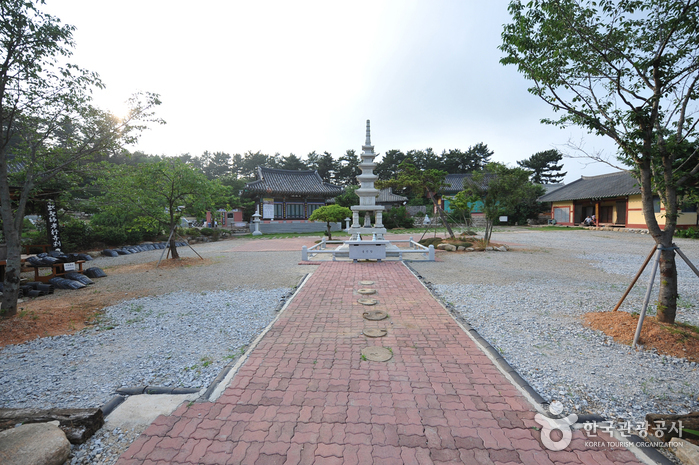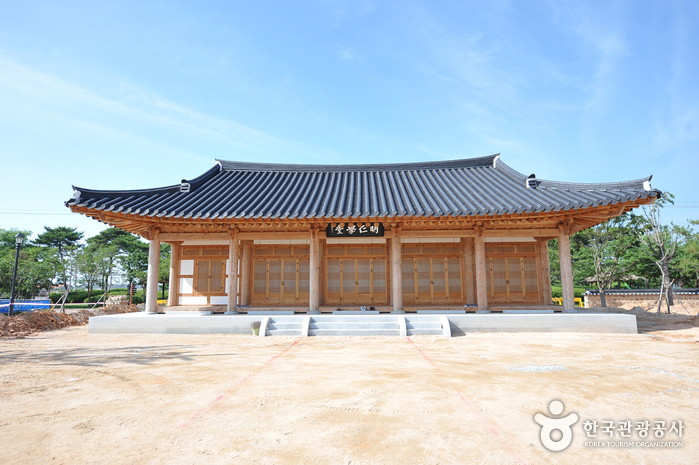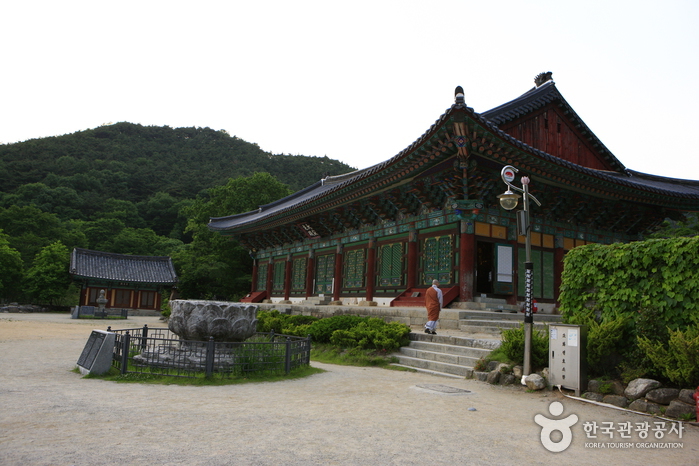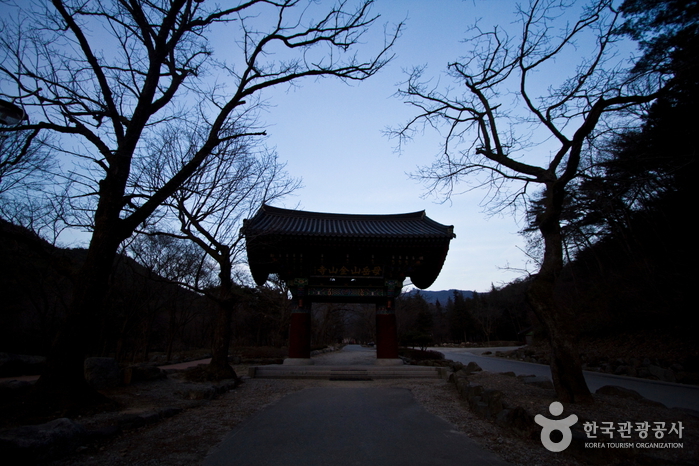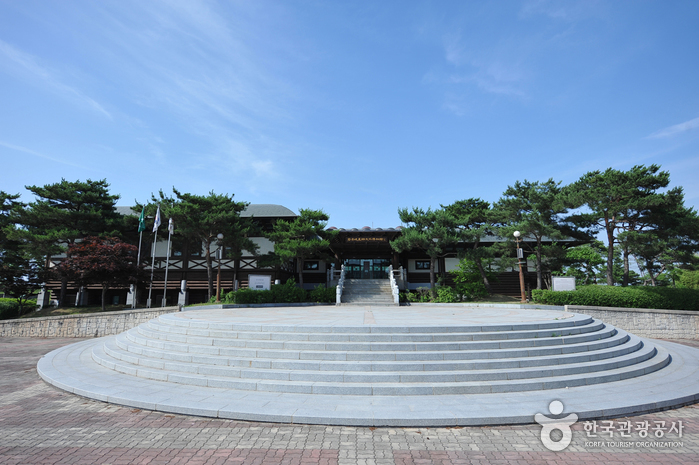Welcome to Gimje-si, a charming city located in the western part of Jeollabukdo province in South Korea. With its beautiful landscapes, rich cultural heritage, and vibrant festivals, Gimje-si offers a unique travel experience for visitors. Heres everything you need to know to plan your visit:
Why visit Gimje-si:
- Rich Cultural Heritage: Explore the majestic Moaksan Mountain and visit the historic temples, such as Geumsansa and its national treasure, the Mireukjeon Hall. Admire the ancient relics and folk artifacts at the Su-ri Folk Museum, which showcases the traditional way of life in Gimje-si.
- Scenic Beauty: Wander through the vast Gimman-Gyeongpyeong Plains and witness the breathtaking sunset at Manghaesa Temple and its nearby observatory. Hike up the trails of Moaksan Mountain for stunning panoramic views of the surrounding landscapes.
- Festivals: Experience the vibrant local culture by joining the Horizon Festival, Cherry Blossom Festival, or Grape Festival, which offer a mix of traditional performances, delicious food, and lively entertainment.
Plan your Visit:
- Best Time to Visit: The best time to visit Gimje-si is during spring (April to June) and autumn (September to November) when the weather is mild, and the landscapes are adorned with colorful blossoms or vibrant foliage.
- Transportation:
– By Air: The nearest major airport is Incheon International Airport. From there, you can take a domestic flight to Gunsan Airport, which is approximately a one-hour drive from Gimje-si.
– By Train: Take a train to Gimje Station, which is well-connected to major cities in South Korea.
– By Bus: Regular bus services are available from various cities, including Seoul and Busan, to Gimje-si. - Language: The official language spoken in Gimje-si is Korean. English may not be widely spoken, so it is helpful to carry a translation app or learn a few basic Korean phrases.
- Currency: The official currency in South Korea is the Korean Won (KRW). ATMs and currency exchange services are available in Gimje-si, but it is advisable to carry some cash for small establishments.
- Safety: Gimje-si is a safe city, and the crime rate is relatively low. However, it is always a good practice to take necessary precautions and be aware of your surroundings, especially in crowded areas.
With its rich cultural heritage, stunning landscapes, and lively festivals, Gimje-si offers a unique travel experience for visitors. Plan your visit and immerse yourself in the beauty and charm of this remarkable city in South Korea.


